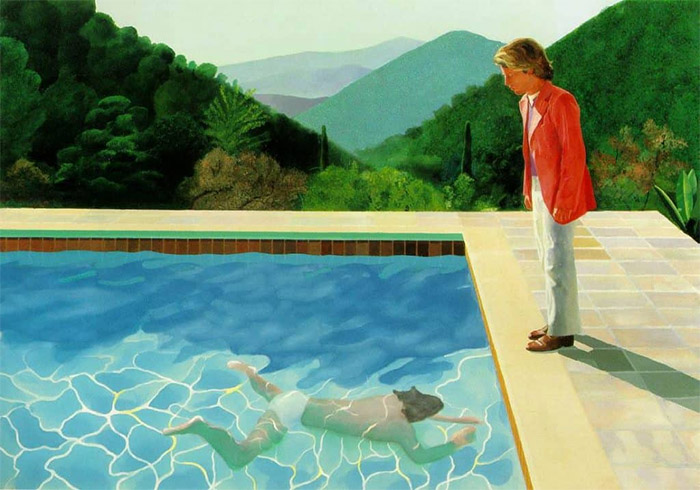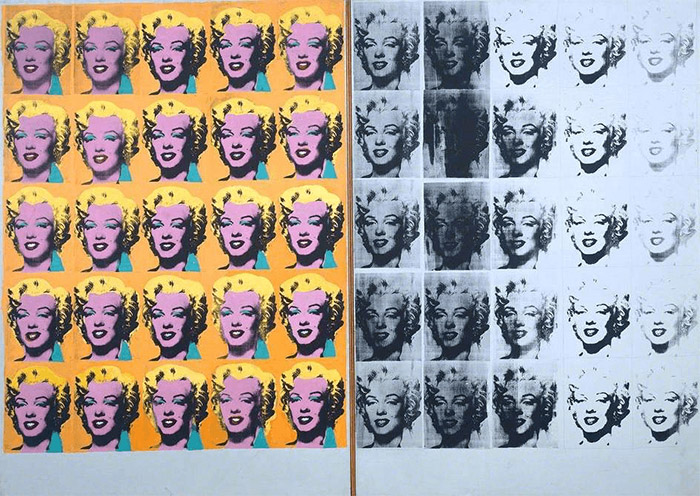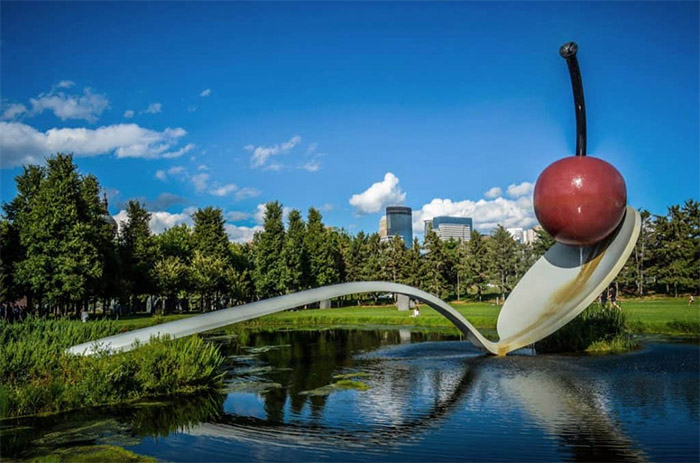The Pop Art Revolution: Understanding the Pop Art Movement
Andy Warhol: "The Pop Artists did images that anyone walking down Broadway in a split-second could recognize - comics and picnic tables, men's trousers, celebrity shower curtains, refrigerators, Coca-Cola bottles, all the great things that the Abstract Expressionists were so determined not to notice."
Pop Art was defined by the British curator in 1955. His name was Lawrence Alloway. He coined the term to describe a form of art characterized by images of consumerism, mass reproduction, and new media. With its bold, simple images and block colors, Pop Art was the first movement to blur the line between fine and commercial art.
Pop Art artists drew inspiration from advertising, pulp magazines, billboards, films, television, comics, and shop windows to create their ironic, humorous and humorous works. These can be viewed both in a positive light and also in a critical way.
Keep reading to learn more about the history of Pop Art, key artists, and their most iconic works.

What is Pop Art, Exactly?
Key dates: 1955-1965
Key countries: Britain & the USA
Key phrases: mass media, popular culture, consumerism
Key artists: Roy Lochtenstein, Andy Warhol, Claes Oldenburg, Robert Rauschenberg, David Hockney, Richard Hamilton.
Pop Art Origins
Although generally associated with America, Pop Art found a voice in Britain early on as a critique and ironic reflection of the post-war consumer culture that dominated the late 1950s. In Britain in 1952, a group known as the 'Independent Group,' or simply IG, began meeting regularly. They were motivated by a shared perception of a gap in art and the life of that time.
They discussed new theories and ways to integrate into the artistic practice aspects of visual cultures that weren't part of it traditionally but had become a part of daily life.
This Is Tomorrow was the group's 1956 collective exhibition at London's Whitechapel Gallery, which served as a key point of origin for Pop Art. It provided an example of unprecedented integration between art, modern life, and pop culture.
Pop Art was born in the same period as an artistic reaction to Abstract Expressionism, which was dominant at that time. Pop Art, which rejected the notion that art was an individual expression of the artist's genius and allowed artists to bring fragments of the real world into their art by using images and everyday objects, helped them reintroduce reality.
Jasper Johns, Robert Rauschenberg, and others were the first American artists to recognize the power of everyday objects. They started the Pop Art movement. The first explored the boundaries of art and everyday life by literally incorporating ordinary objects onto painted canvas surfaces. The second is "things that the mind already knows", a set of living ideas and popular images.
Pop Art: Key Ideas
Richard Hamilton, an English Pop Artist, described the characteristics of Pop Art in 1957: "Pop Art is Popular (designed for mass audiences), Transient, (easily forgettable), Low-cost, Mass-produced, Young, (aimed at youth), Wit, Sexy Gimmicky Glamorous. Pop Art also investigated the commodification of fame. Pop culture icons like Marilyn Monroe and Campbell's Soup cans were turned into art.
Screen printing produces boldly colored images in repeated patterns, which subverts the idea that painting is a medium for originality.
American Pop Art vs British Pop Art
Although heavily influenced by American pop culture, British Pop Art was an ironic and playful exploration of American imagery and its influence on people's lifestyles and lives. Pop Art, however, meant a return of representation for American artists.
Hard edges, clear shapes, and recognizable subjects now ruled, in contrast to Abstract Expressionists' loose abstractions and symbolisms. These artists, heavily influenced by the commercial art world, were inspired by what they experienced and saw. Unsurprisingly, many artists began their careers in the commercial art world.
Andy Warhol began his career as a magazine illustrator, Ed Ruscha, a graphic artist, and James Rosenquist, a billboard artist. They had the vocabulary of visuals for mass culture and the technical skills needed to merge high art and popular culture seamlessly.
Most Distinguished Pop Art Artists
The British Pop Art movement was dominated by Patrick Caulfield, Sir Peter Blake, Richard Hamilton, Allen Jones, and David Hockney.
Roy Lichtenstein, Jasper Johns, Robert Rauschenberg, Ray Johnson, Andy Warhol, Claes Oldenburg, Robert Indiana (also known as John Clark), Alex Katz, Ed Ruscha, Jim Dine, James Rosenquist, James Rosenquist are famous American Pop Art artists.
Pop Art Masterpieces
What Is It About Today's Homes That Makes Them So Different and So Appealing? By Richard Hamilton (1956)

This collage by Richard Hamilton presents a living room full of objects and ideas. Hamilton thought they were crowded into the postwar consciousness. The figure of the bodybuilder with a giant lollipop on which the word "POP" is scrawled draws the viewers' attention. This collage is often called the first example of Pop Art.
Marilyn Diptych by Andy Warhol (1962)

Warhol was fascinated by popular culture and celebrity. He produced a large number of screen prints depicting celebrities. He experimented with color variations and multiplication. Marilyn Diptych is a collection of 50 Marilyn Monroe images, of which half are in color and the others in black-and-white. The artist completed the work in the weeks that followed the actress's passing.
Whaam! By Roy Lichtenstein (1963)

Roy Lichtenstein's Whaam! Whaam! is a large two-canvas work composed in the style of a comic strip depicting a rocket explosion. Lichtenstein wanted to portray highly charged situations with a detached and calculated approach.
Radiant Baby by Keith Haring (1982)

In 1980s New York, Keith Haring turned the subway into a studio. Keith Haring etched his signature designs on the walls using chalk. Radiant Baby was one such design. To him, it was the purest and positive human experience. Haring used it repeatedly throughout his career and now considers it to be his signature tag.
LOVE by Robert Indiana (1967)

Robert Indiana was born Robert Clark and moved to Indiana in the early 1950s. He adopted his state's name in New York when he arrived in 1954. His LOVE paintings were the most obvious example of this fascination with ordinary words. Indiana's LOVE, one of the most famous images of Pop Art, is a well-known image. The original idea was to create a Christmas Card for The Museum of Modern Art. It was planned to be done in 1965. Since then, LOVE has been represented in prints, sculptures, and paintings. It has also appeared as rings, stamps, and tapestries.
The Public Versus Critics and Their Reception
Many experts didn't like how pop artists used everyday topics in their works. However, regular people liked the relatable images in Pop Art. It quickly became a favorite style by many people. In fact, Pop Art was a popular style of art that was influenced by postmodernism.
Collecting Pop Art
Pop Art was able to reach the public in a manner that very few other modern art movements have been able to do - or ever will - and collectors love it, too. Jasper Johns' painting "False Start" (1959) sold for $80m in 2006: it was the 9th most valuable work of art ever.
Andy Warhol's "Green Car Crash", a 1963 work (synthetic, silkscreen, acrylic, and ink on linen), sold for $71.7m at Christie's in New York in 2007. It was the 14th most expensive work of art at that time. It's not bad for a piece of lowbrow art.

No Comments Yet...